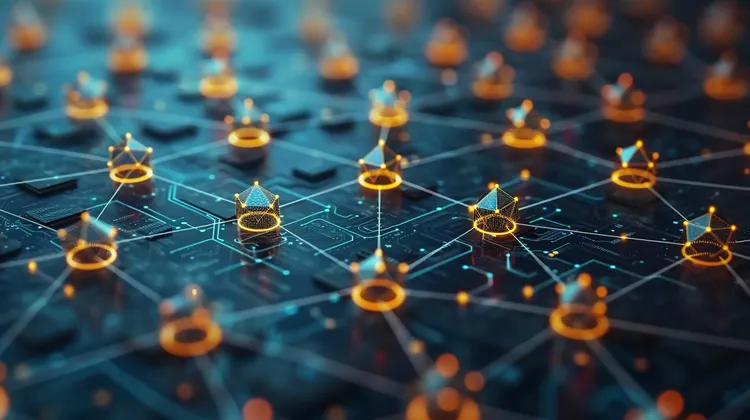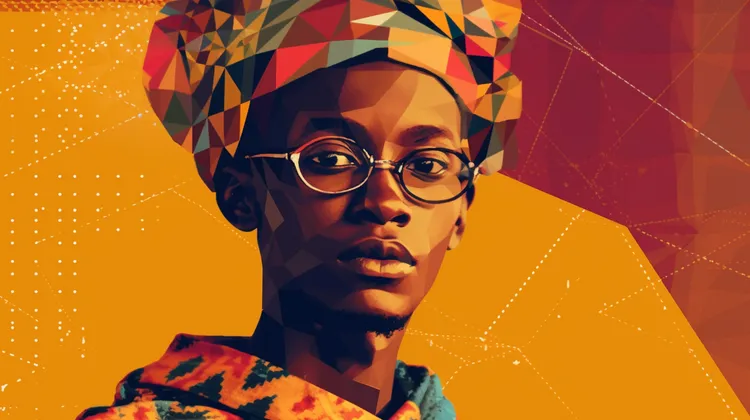The evolution of Decentralized Autonomous Organizations (DAOs) has brought forth a paradigm shift in how we conceptualize and execute collective decision-making processes. DAOs, which are essentially digital entities driven by smart contracts, enable trustless coordination amongst stakeholders without the need for central authorities. The complexity of DAO governance mechanisms can often be intimidating and esoteric, deterring wider participation. Enhancing user-friendliness through governance abstraction may be the key to overcoming these barriers, enabling more inclusive and effective management of DAOs.
At the core of any DAO is the governance system, a set of rules encoded in smart contracts that define how decisions are made and executed within the organization. These systems often involve intricate voting procedures, proposal frameworks, and consensus mechanisms that require a nuanced understanding of both the technology and the governance model. For the uninitiated, this complexity can act as a gatekeeper, underutilizing the DAO’s potential for collective intelligence and democratic action.
Governance abstraction aims to streamline this complexity by providing simplified interfaces and processes that hide underlying technical details. Think of it as the difference between driving a car and understanding its mechanical workings — most drivers do not need in-depth knowledge of the engine to operate the vehicle safely and effectively. Likewise, governance abstraction allows DAO participants to engage in decision-making without needing to comprehend the smart contract intricacies.
One approach to governance abstraction is the implementation of user-friendly dashboards. Instead of interacting directly with smart contracts through command-line interfaces, these dashboards offer intuitive graphical interfaces, enabling stakeholders to vote, delegate, and propose actions with just a few clicks. This visual medium reduces the learning curve for participants and can thus lead to higher engagement and more diverse representation within DAOs.
Another aspect of governance abstraction is the creation of templates and standards for common governance actions. By providing reusable components for tasks such as submitting proposals or delegating votes, DAOs can minimize the complexity for end-users. These templates act as governance ‘building blocks’, making it easier and faster for members to take part in organizational processes.
Educational resources also play a vital role in achieving governance abstraction. Clear documentation, walkthroughs, and video tutorials can assist stakeholders in understanding the essentials of DAO governance without getting mired in the technicalities. Community support forums and real-time chat tools can provide immediate assistance and foster a culture of collaboration and mentorship within the DAO.
The fluidity of roles within a DAO poses both a challenge and an opportunity for governance abstraction. With the absence of traditional job titles and hierarchy, participants can contribute to various aspects of the organization. Governance abstraction can facilitate this fluidity by providing role-based access and actions, making it clear what permissions and responsibilities each participant holds.
Automating routine governance tasks is another layer of abstraction that can offload burdensome responsibilities from human participants. With the use of AI and machine learning algorithms, some of the more predictable governance decisions, such as resource allocation for recurrent expenses, could be managed autonomously, freeing members to focus on more high-level strategic decisions.
Governance abstraction must, Be balanced with transparency and accountability. While it’s important to simplify governance for broad participation, the underlying processes must remain auditable and traceable. Blockchain technology inherently offers these traits, but careful design is necessary to ensure that abstraction does not obscure critical information from stakeholders.
As DAOs continue to grow and evolve, user experience designers and governance researchers are essential in iterating towards more refined governance abstraction models. They are tasked with understanding the diverse needs of stakeholders and translating complex governance processes into accessible and engaging practices.
The ultimate goal of governance abstraction is to make DAO participation as simple as engaging with any well-designed application. It’s about lowering entry barriers and democratizing access, allowing anyone with an internet connection to contribute to a collective enterprise. With this ‘friendly’ approach to managing DAOs, we can pave the way for truly decentralized and participatory digital organizations that capitalize on the wisdom and diversity of their members.
Governance abstraction is a stepping stone toward achieving the promised potential of DAOs — to be open, democratic, and efficient vehicles for collective action. Through continuous refinement and user-centered design, the future of managing these novel entities is poised to become more approachable, thereby unleashing the full spectrum of innovation and collaboration inherent in the ethos of decentralized communities.




Never imagined I’d be part of a global decision-making body, but DAOs make it possible. What a time to be alive!
Isn’t part of the appeal of DAOs the learning curve? It’s not just about results, it’s about growth and understanding the systems we build. 🧱🌱
Finally, DAOs that anyone can be part of! Inclusivity and innovation at its best.
Governance abstraction? More like governance distraction. Let’s focus on the underlying problems instead of putting a band-aid on them. .
Template standardization will make participating in DAOs a breeze! Loving these ‘building blocks’! 🛠️💪